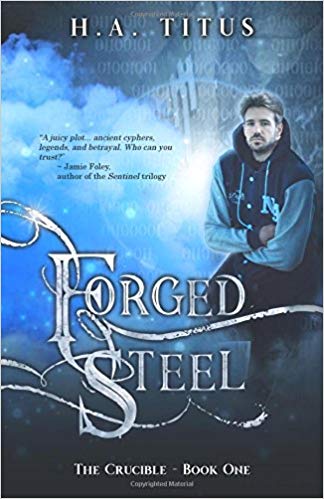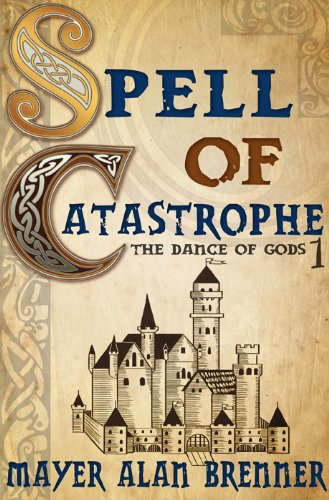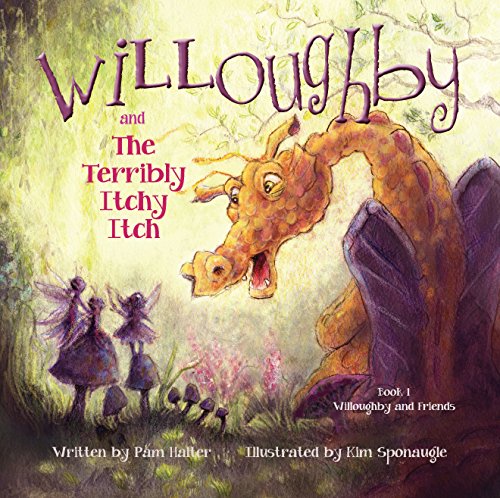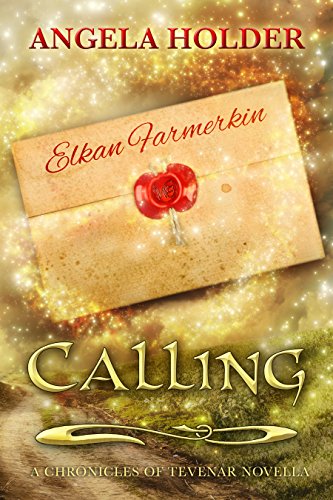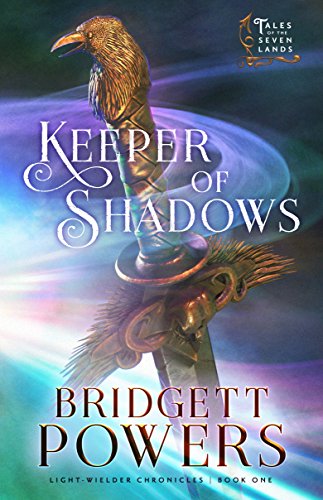Downtown. Coffee shop. 2 AM.
One minute, Josh is firing off sarcastic remarks at his best friend Marc – the next, they’re running from shape-shifters. Apparently, even best friends don’t share all their secrets.
Now Josh is in danger. He can see the monsters among the humans.
When Marc is kidnapped, Josh finds himself pulled into the schemes of the fae courts, and throws in his lot with Marc’s allies: the lovely Larae, a human named David, and the fighter, Eliaster. But what began as a rescue mission becomes something much more involved…
And all Josh wants to do is get out before it’s too late.
3.5 stars 
Forged In Steel opens with a taut, stylistic first-person narrative that moves at a pleasingly fast pace. From there, things transition immediately to a gritty, action-oriented story, with an urban fantasy plot based upon Irish/Celtic mythology. The author displays an extensive and intimate knowledge of the Celtic legends, which in this context are portrayed artfully and more or less accurately. It was actually a pleasant surprise to come across otherwise arcane terms such as “sluagh,” “Seelie,” etc. While some might automatically associate Irish mythology with things like leprechauns, the focus of this story is actually the far more interesting “Sidhe,” also known as “fae” and referred to as “elves” for convenience (and with a very Tolkien-esque appearance).
THE AUTHOR DISPLAYS AN EXTENSIVE AND INTIMATE KNOWLEDGE OF THE CELTIC LEGENDS
Rather than a “Narnia” story involving a portal to another world, the book presents a Twilight-style scenario involving a hidden portion of our own world. This approach is one I liked. The Fae “Underworld” society is depicted as fully integrated with the human “Overworld” to the extent that both use elements from the other. Guns, computers, and motor vehicles are just as essential to the plot as swords and spells – at a few points we also see some high-ranking fae characters employing human bodyguards and enforcers. Indeed, the two civilizations are so intertwined that they share common problems: violence, gangs, drugs, lawlessness, human trafficking, etc – much of which are even more prevalent in fae culture than in our own. I have to wonder if the author is deliberately introducing a somewhat subversive theme in all this – namely, that a “fairy tale” existence would not be as idyllic as we’re all inclined to think. At one point, a fae character comments that humans find the Underworld fascinating and exotic before the reality sinks in. Those actually born and raised in this world usually want to escape it. The backstory behind it all made me immediately curious to know more, and I hope this is explored further in future installments.
I also applaud the book’s treatment of magic, which can often be a controversial topic among critics of Christian fantasy. The in-story explanation for magical phenomenon is defined as “The way some fae react with their environment. Its… hard to explain.” This implies that what is called ‘magic’ is simply a different set of physical laws and processes than we are familiar with in every day experience. Lawful, natural magic of this sort (something fae are endowed with but not humans) is directly contrasted with forbidden sorcery – an account is given of an evil fae who used it “to summon sluagh and demons to his will.”
I ALSO APPLAUD THE BOOK’S TREATMENT OF MAGIC, WHICH CAN OFTEN BE A CONTROVERSIAL TOPIC AMONG CRITICS OF CHRISTIAN FANTASY.
There were some other areas that seemed like missed opportunities from a creative standpoint. For one thing, this is a work of Christian fantasy, and several of the fae characters are shown to be professed Christians themselves. But this is simply taken for granted. The entire imagined world would have seemed more compelling if there had been an in-story theory or explanation that somehow reconciled the Celtic mythological backdrop with the record of Scripture. Just what would be the theological implications if things like elves, fairies, goblins, etc. actually existed? Where would they fit in the Plan of Salvation? Questions like this are largely the appeal of stories involving extra-terrestrial beings, for example. It was somewhat disappointing to see this potential plot element passed over with minimal treatment.
Also, I feel like stories combining mythological elements with the ‘real world’ work best if they do so as a source of symbolic motifs to illustrate a larger theme. Neil Gaiman’s American Gods, for example, illustrates the idea that ‘belief’ in some fashion is essential to human survival; the fantastical framework is used as a device for ironic social commentary, exploring the disparate elements that have shaped American culture. Forged in Steel would have carried more ‘power’ if it had tried to do something similar from a Christian viewpoint. As is, it does carry some thematic content, but none that could be called a central ‘idea’ tying everything together.
The story itself is a sort of quest-adventure plotline involving the search for an artifact of great power that threatens both the fae and human realms. This is a tried-and-true framework that largely achieves its purpose. But while the narrative and dialogue start off strong, they become progressively weaker as the story unfolds. Once the opening action scene was out of the way, I had a hard time feeling drawn to the characters. It was a bit unclear as to what the role of each one was in the group, and their interactions consequently lacked an underlying chemistry. It also seemed like they spent too much time needlessly bickering.
These criticisms, however, could be applied the entire Young Adult genre when compared to other types of fiction. This book did very well in delivering an engaging story for its target audience, and is filled with plenty of action and twists to keep the reader’s attention. All in all, I give it three and a half stars, and will readily recommend it to any readers of Christian fantasy. We need more stories like this!
Content Ratings:
Heat: A few instances of what could properly be called romantic tension, but no innuendo or sexual content.
Profanity: None.
Violence: This is very action-oriented storyline, so quite a few descriptions of combat and bloodshed, but little gore. Some darker fantastical imagery that some could find frightening.
Genre: Christian Fantasy
Age recommendation: 15 and up, due to violence.
This review originally appeared on H. Halverstadt Books.

